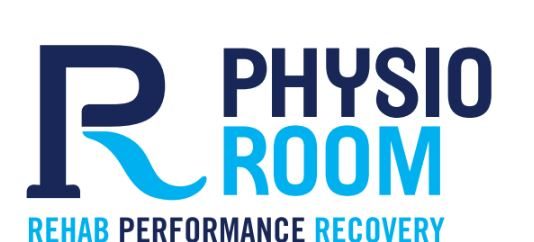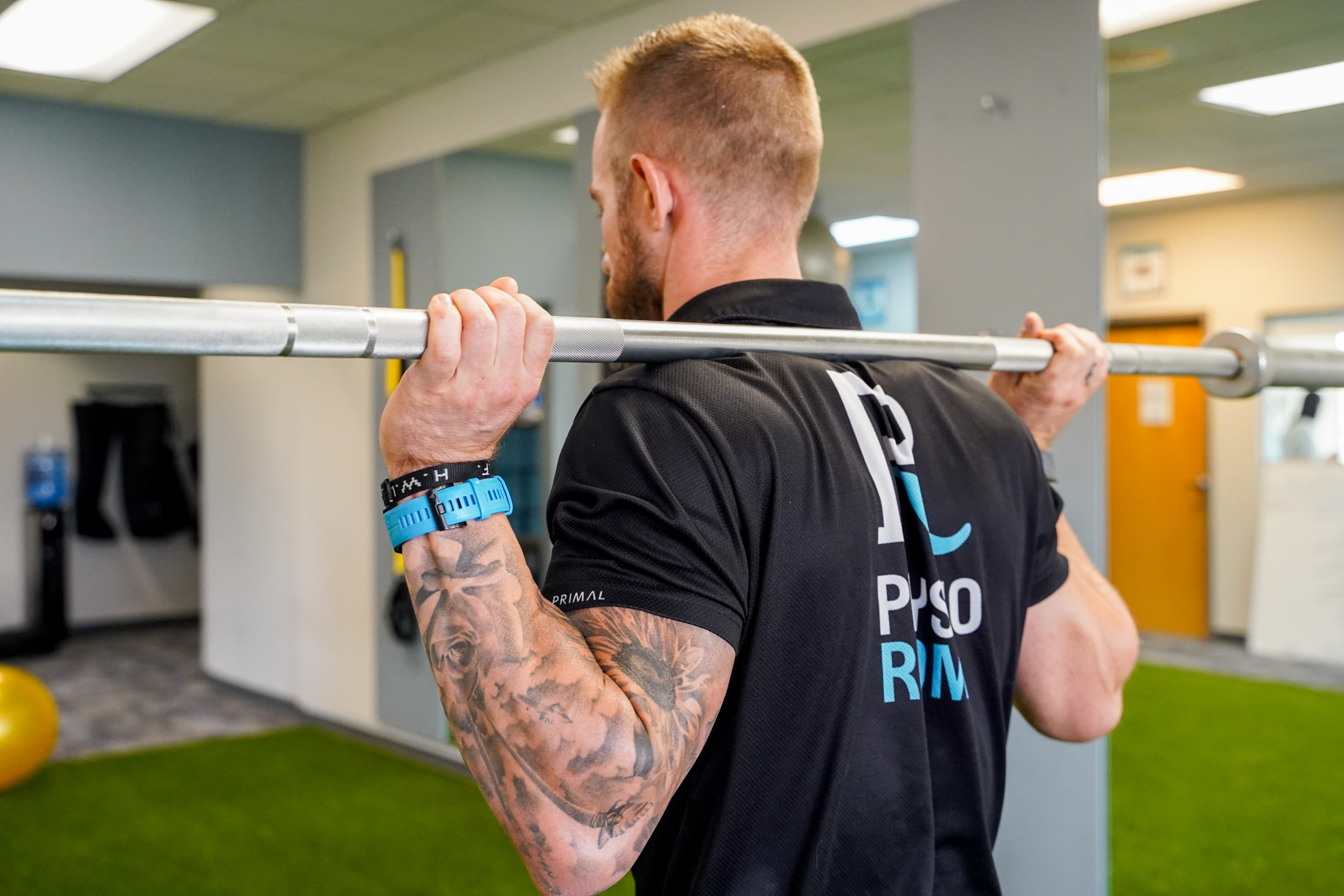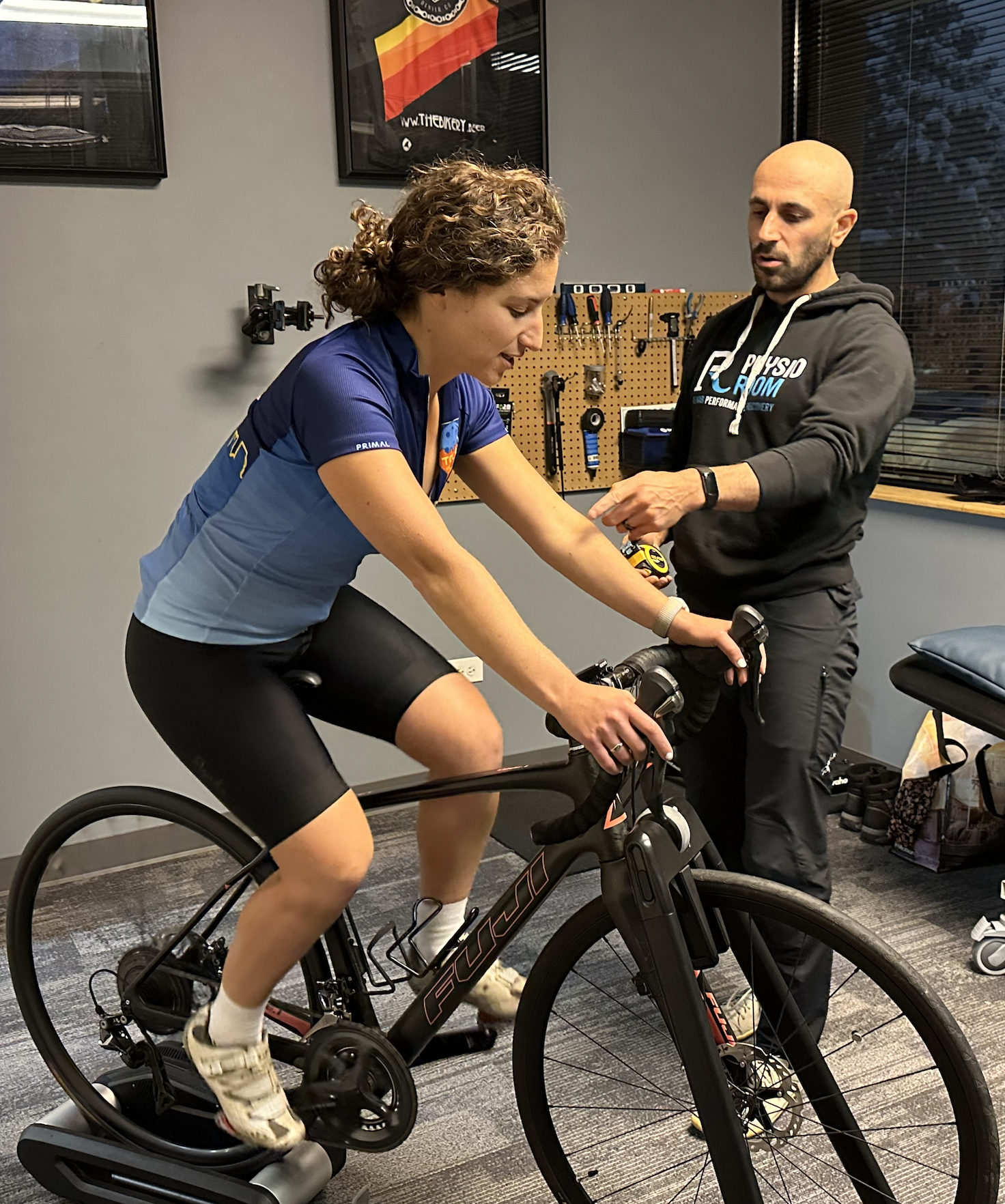It’s no secret that exercise is important for our overall health. But what many people don’t realize is that exercise is also crucial for healing after an injury.
When we are injured, our first instinct is often to rest and take it easy. And while rest is important, too much of it can actually make the healing process take longer. That’s because when we’re inactive, our muscles weaken and our joints stiffen.
Exercise, on the other hand, helps to keep our muscles and joints strong and flexible. It also increases blood flow to the injured area, which aids in the healing process. Be sure to talk to your doctor about a safe exercise routine that will help you heal properly and get back to your normal activities as soon as possible, if you’ve recently been injured.
The thought of exercising may be daunting when you’re injured. However, getting active is
often crucial for a speedy recovery. The best exercises for different types of injuries depend
on the area that’s hurt.
For example, if you have a muscle strain, it’s important to do exercises that don’t put too much stress on the injured area. Low-impact activities like swimming or biking are good options.
If you’ve sprained your ankle, strengthening and stability exercises are key. Once the pain and
swelling have gone down, try doing calf raises or balance exercises on one leg. Low-impact aerobic activities can help increase range of motion and reduce pain for someone with arthritis. Water aerobics or using an elliptical machine are good choices.
Here are a few exercises that can help you recover faster from an injury:
- Cardio
Getting your heart rate up will help increase blood flow to the injured area and speed up the
healing process. Start with some light cardio and gradually build up your intensity as you feel comfortable. - Strength Training
Developing strength in the muscles around the injured area will support it and help prevent
future injuries. Start with lighter weights and fewer repetitions and progress as you get stronger. - Flexibility Training
Stretching helps improve range of motion and can prevent scar tissue from forming around the injury site.
If you’ve suffered an injury, you know the frustration of not being able to do the things you
love. Whether it’s a sprain, strain, or something more serious, injuries can sideline us for
weeks, months, or even longer. But there is hope! You can create a personalized injury recovery program that will help you get back to your pre-injury self.
10 tips for creating a personalized injury recovery program:
- Talk to your doctor. Before you start any kind of exercise program, it’s important to check in with your doctor. They can give you specific guidance on what types of activities are safe for you to do based on your injury and overall health.
- Start slow and build up gradually. Once you have the green light from your doctor, start slowly with your exercises. If you ve been out of action for a while, have a talk with your doctor about the right exercise program for you. Decide on an exercise routine that will build up your strength and flexibility to give you an energy boost for your workout without overstressing your body.
- Get to know your body. Think about the kinds of exercises that you enjoyed before your injury. If you’ve never been into aerobics, yoga or Pilates, now is a great time to give them a try.
- Stay positive. It’s easy to get discouraged when you’re just starting out. Don’t let it throw you off track. Remember, your exercise goals are realistic and achievable. Just take it one day at a time and give yourself plenty of encouragement along the way.
- Be your own best coach. Be a good sport and set realistic goals for yourself. If you fall short of reaching a goal, congratulate yourself on trying.
- Know when to call it quits. Don’t try to push yourself too far too soon.
- Remember the pain is temporary, but a healthy lifestyle will be with you for the long haul.
- Keep a food diary to monitor your intake and stay on track.
- Get plenty of rest and sleep each night.
- Go out for a walk or jog in the evening to help you relax after a long day at work or school.
It is widely accepted that exercise is beneficial for overall health, but did you know that it can also be helpful in the recovery process after sustaining an injury? Exercise can help to improve range of motion and increase muscle strength, which can aid in the healing process and help you to return to your normal activities more quickly.
Exercise can also help to reduce pain and swelling associated with an injury, and can also help to prevent further injuries by improving flexibility and balance. Therefore, if you are looking for a way to speed up your recovery time and get back to your life as soon as possible, consider adding some injury recovery exercises to your routine. You may be surprised at just how much they can help!
If you want to recover quickly from an injury, there are certain exercises you can do to help the process along. Taking the time to do these things will get you back on your feet and back to your life in no time. Be sure to listen to your body, and don’t push too hard or too fast; that will only set you back.





No responses yet